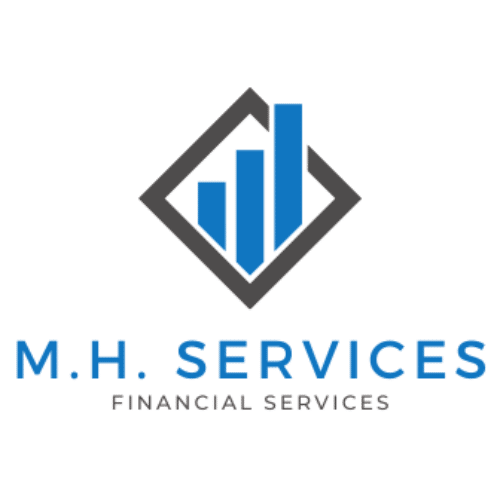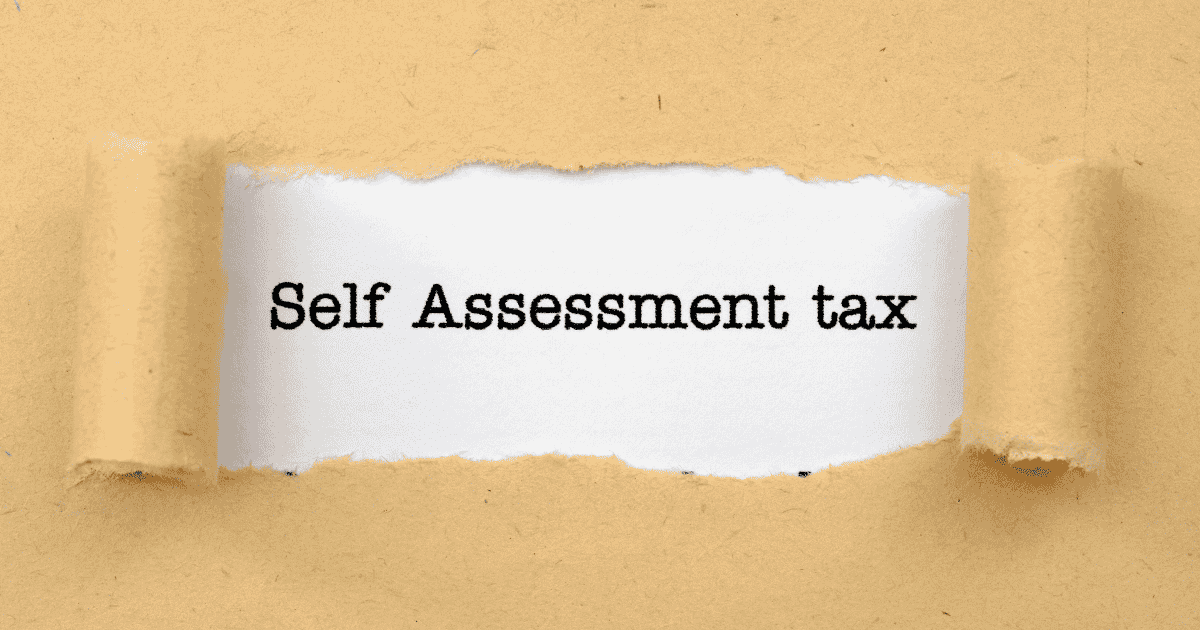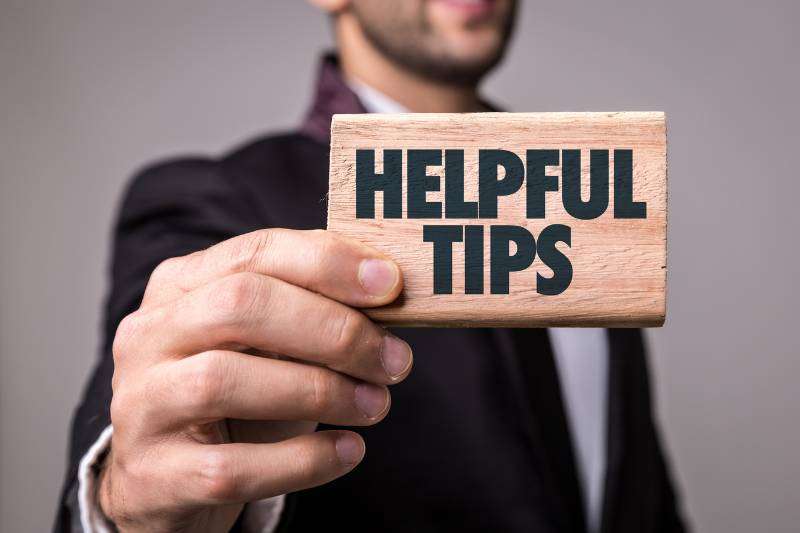Filing your taxes might seem complicated, but with the right tips and advice it can be a breeze. In this blog post we will provide some quick self assessment tax return tips and tax saving ideas to help make the process as easy and stress-free as possible, but first, let’s talk about a self-assessment tax return.
What is a Self-Assessment Tax Return?
It is a process of declaring your income and paying the appropriate taxes to the government. It’s important to file your taxes on time and accurately, so you can avoid any penalties or fines.
Who should complete a tax return?
Self-assessment service is mandatory for anyone who has earned more than £1,000 in the former tax year.
Also, you should file a tax return if the following applies to you:
- Employment earning [£12,570+]
- Savings and investments [£10,000+]
- Dividends [£14,570+]
- Property rental [£1,000+]
- Tips and commission [£2,500+]
- Capital gains [£12,300+]
- Pension scheme [£2,500+]
=> If you’re self-employed or in a business partnership, you must file a tax return also even if your income is below the taxable limit. This is because you still have to declare your revenue and pay income taxes on it.
=> If you’re not sure whether or not you need to file a tax return, it’s best to speak with accountants or look up GOV.UK.
How to File a Tax Return?
There are several ways to prepare and file a self-assessment tax form, and the best option will vary depending on your circumstances.
To start, it’s essential to gather all necessary financial documents, such as income statements, expense receipts, and any relevant tax forms.
A) One convenient option is to leverage online resources and tools, many of which are available on the HMRC website. HMRC’s online platform provides a user-friendly interface that guides you through the entire process, ensuring you fill out the necessary fields accurately.
If you’re not sure how to file it, or you need help preparing your return, there are many resources available online and on the HMRC website.
B) If you prefer personalized assistance, consulting with an accountant or tax specialist is another avenue to consider. These professionals possess in-depth knowledge of tax regulations and can offer valuable insights tailored to your specific situation.
MH Services, for example, provides a free consultation 24/7, making it easier for individuals to seek guidance at their convenience.
What if I Make an Error?
If you make a mistake on your tax return form, you can usually fix it by submitting an amended return. There is a time limit for amending your return [12 months] from the submission date.
However, it’s important to be accurate, as any mistakes can result in penalties or fines. You can do this by filing a new return or amending an existing one. There are several ways to fix your tax affairs, so it’s best to speak with an accountant or tax specialist for help.
5 Self Assessment Tax Return Tips
1. Plan ahead for tax payment
The best way to make a tax returns walk in a park is to create a plan [add notes to your calendar] and stick to it.
2. Gather your income tax bill
Before you file your return, you have to collect all the relevant invoices. This includes income receipts, tax-deductible expenses and any other relevant data. Make sure to have everything ready before you start filing, otherwise your self-assessment could turn into a nightmare. If you are not sure what forms are needed contact an accountant.
3. Use an accountancy tax software
Using tax software can be a great way to file and then pay tax online quickly and easily. The software will ask you a series of questions about your income and expenses, and then generate the appropriate tax returns for you. There are many different options available on the software market, so find one that suits your needs and preferences.
4. Claim tax relief on expenses
One of the best ways to reduce your tax bill is to claim any eligible expenses. This could include things like travel expenses, home office costs, vehicles, child benefits or other taxable benefits. Make sure to keep track of all of your expenses throughout the year, and be sure to include them in your tax relief.
5. Get accountant help
If you are feeling overwhelmed or confused about the self-assessment process, don’t be afraid to ask for help. There are many tax return resources available, including accountant professionals, online self-assessment forums, and even accountancy software support. You don’t have to do it all alone – get the help when you needed!
How to Pay Income Tax?
Double-check the amount you have to pay. Make a one-time payment or set up a payment plan to spread the cost.
Income taxes are paid in one of two ways:
A) By deduction from your salary
B) By self-assessment, if you are self-employed or you have an income from the above-mentioned source
When to pay the tax bill?
The due date for the previous tax year is no later than the 31st of January.
What to declare?
Make sure, you are aware of all types of income e.g. property income, self-employed income and other income. There are penalties for failing to declare all relevant revenues.
Conclusion
Filing a self-assessment return can seem daunting, but with the help of the right accountancy service it doesn’t have to be. Our team has years of experience preparing and filing self-assessment tax returns for sole trader, self-employed people and trader business owners. We understand the tax year process inside out, so you can rest assured that your taxable income will be filed accurately and on time.



